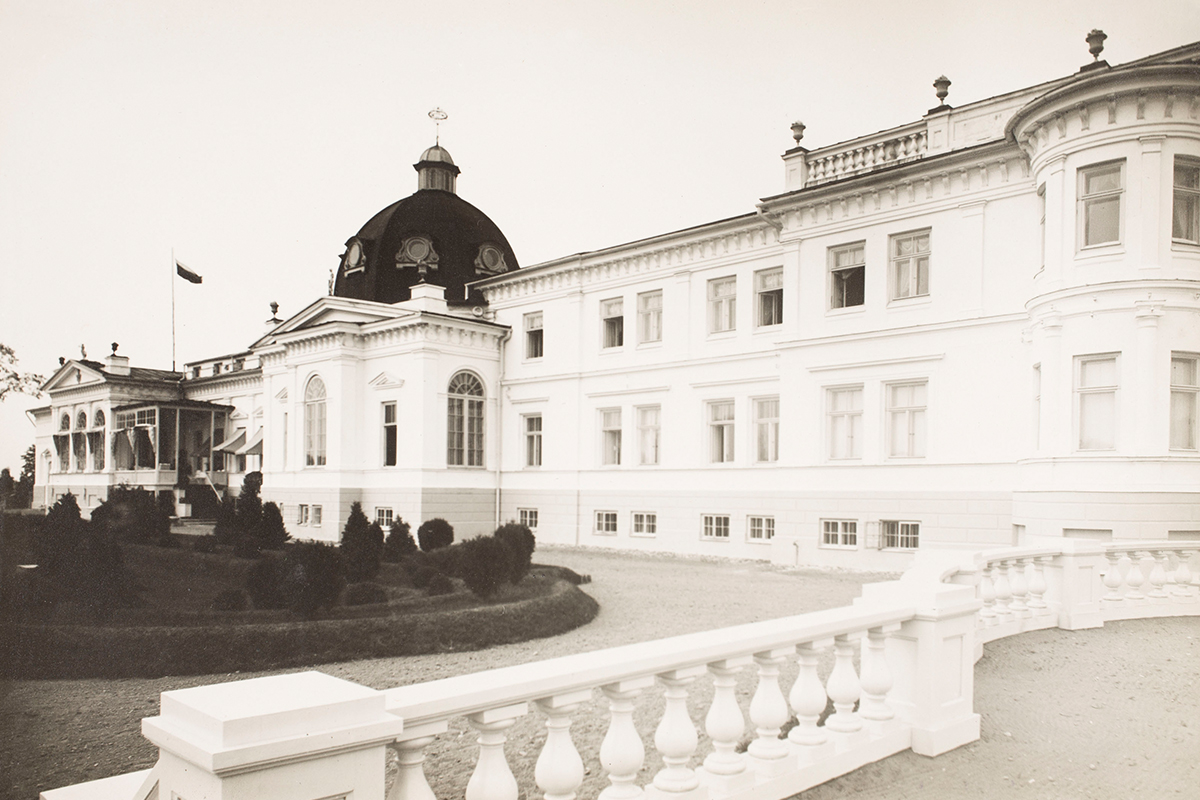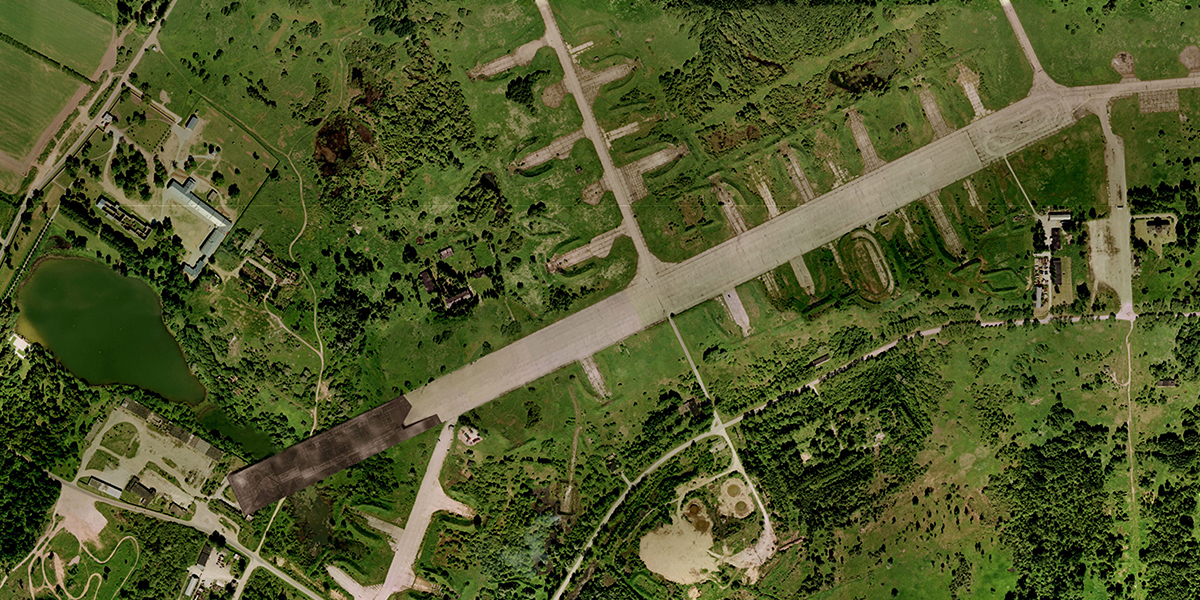Why this location?
In 1922, the Raadi manor house in the outskirts of Tartu was adapted for collections and exhibitions of the Estonian National Museum. Despite the ideologically controversial shell – a residence for Baltic-German noblemen, which was both ideologically and culturally revolting for the Estonian peasantry – the museum at Raadi achieved a good reputation among the public. It turned out to be a success as an educational institution as well as a place for residents of Tartu and their guests to spend leisure time.

In 1944, during the fighting between German and Soviet forces, the main building at Raadi was heavily damaged by fire. Subsequently, the territory of the museum at Raadi became a Soviet military air base. Raadi was the location of the largest Soviet military airfields in the Baltic region. The shelters of Raadi airfield gave cover to over one hundred long-distance bombers. Because of the important military airfield Tartu was a completely „closed city“ for foreigners and access to Raadi was restricted for fifty years. The museum's collections were placed in temporary storages, mainly in churches, and the work of the museum was continued in various buildings in Tartu.
The original name of the Estonian National Museum was restored in 1988. At the same time, a hope rose of restoring the museum to its former site on Raadi estate. In 1998, a Resolution was adopted by the Estonian Parliament that recognised the main Principles of the Estonian cultural policy. The Resolution envisaged the construction of a new building for the Estonian National Museum as one of the main priorities.
The final decision for restoring the Museum at Raadi was made in 2003. An architectural competition, which ended in 2006, gave a lot of ideas for the building of the Museum's new home and for the its development. The project "Memory Field" by Dan Dorell, Lina Ghotmeh and Tsuyoshi Tane was chosen from 108 very different projects.

The authors of the project "Memory Field" based their idea upon Estonia’s dramatic past – by denying signs from this era the Soviet occupation cannot, nor must not be erased from the nation’s memory: they should instead be given a new and hopeful meaning. The former runway included in the project area – the sign of occupation – takes the role of a dramatic space. It is not only a runway, but a historic space scarred by military use. In order to give the space a more powerful ‘voice’, the empty space is extended by the new open building which expands along the runway. Its slightly inclined roof symbolises rising to the sky, moving towards the future.

Read more about the architecture of the new Museum building from Dezeen.


